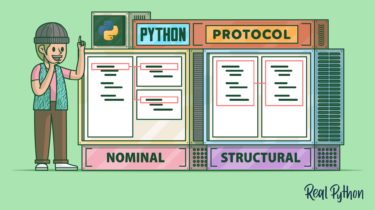Lessons learned from analyzing values in multilingual encoders and what it means for LLMs
This post is a hindsight on two studies on multilingual sentence embeddings we published a year ago and comments on what I think people analyzing LLMs today should take away from them. In late 2022, we (which mainly was the work of Kathy Hämmerl from Munich and Björn Diesenroth and Patrick Schramowski from Darmstadt) finished a paper called Speaking Multiple Languages Affects the Moral Bias of Language Models (later published in Findings of ACL 2023) where we tried to compare […]
Read more


